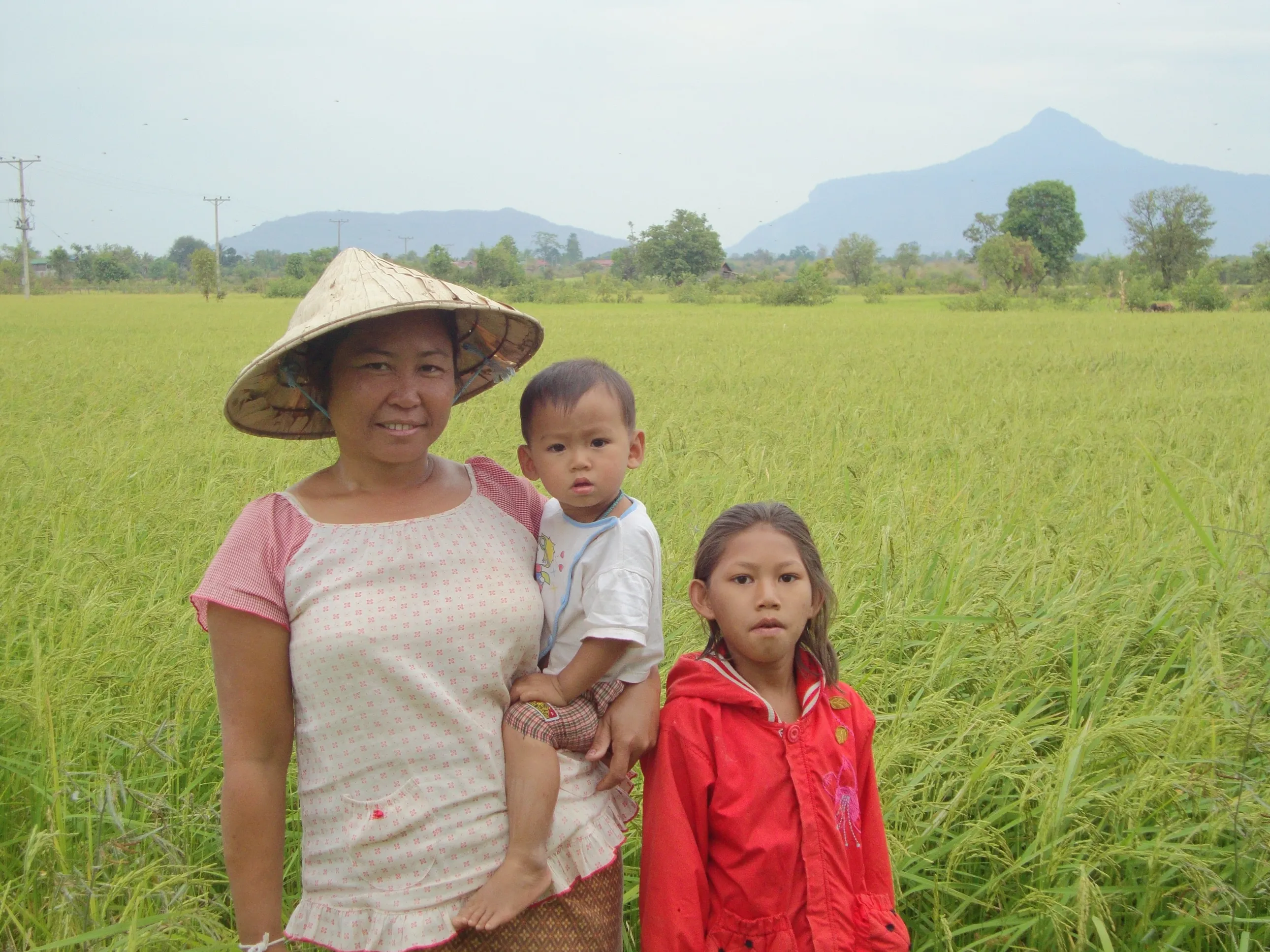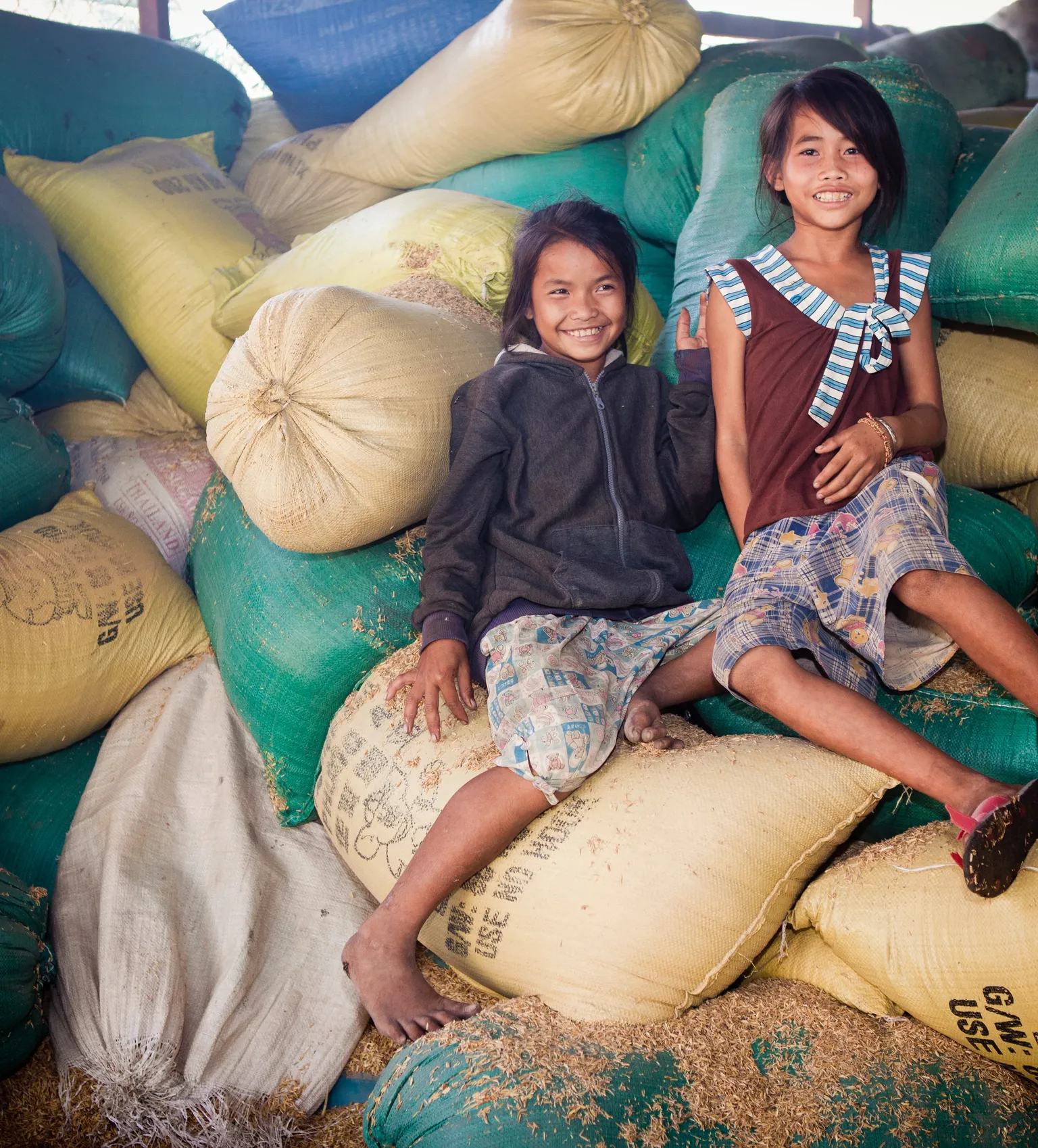Nutrition Sensitive Agriculture - Lao PDR
Lao PDR,
concluded

An analysis of the food security and nutrition status in many countries shows that malnutrition in rural areas remains at an unacceptably high level, despite gains made in poverty reduction, increased income and higher quality of health services. Stunting
An analysis of the food security and nutrition status in many countries shows that malnutrition in rural areas remains at an unacceptably high level, despite gains made in poverty reduction, increased income and higher quality of health services. Stunting levels in children remain high (up to 40% in many countries), and progress has stagnated the last few years. As a Least-Developed Country (LDC), all of these issues remain relevant in rural areas of the Lao PDR.
In the past, it was often assumed that increases in production and productivity would result in better food security, which in return would lead to improved nutritional status. However, this has not proven true. People do not only produce nutritious food, and if they would they often sell most of their produce, and it is not guaranteed that they would buy back equally nutritious food. At the same time, classic health interventions around nutrition education have also not had the desired results, as people often do not have the access to the required food items, and food intake has proven to be only one of the causes of malnutrition. All of these issues result in a vicious cycle of poverty and food and nutrition insecurity, leading to poor physical and cognitive development, resulting in low productivity and income.
Thus, the Nutrition Sensitive Agriculture project has been developed in four countries (Laos, Nepal, Cambodia and Indonesia) to focus on the dietary intake and the capacity of people to produce and develop behavior that leads to consumption of nutritious foods or giving these foods to their young children. The project goal is to enhance food security and nutritional status of value chain actors, and mainly those at the production side / processing side of the value chain. Households living in rural areas are the prime target group. For households to positively change their dietary diversity, the project will work on the both the demand and supply side of nutritious food. To begin, a contextual analysis of the project area (selected villages in Houaphanh Province) was conducted and the nutritional mapping exercise completed. Following this, the project has focused on capacity building of project and local partner staff on nutrition mapping and development of community diagnostic tools.


